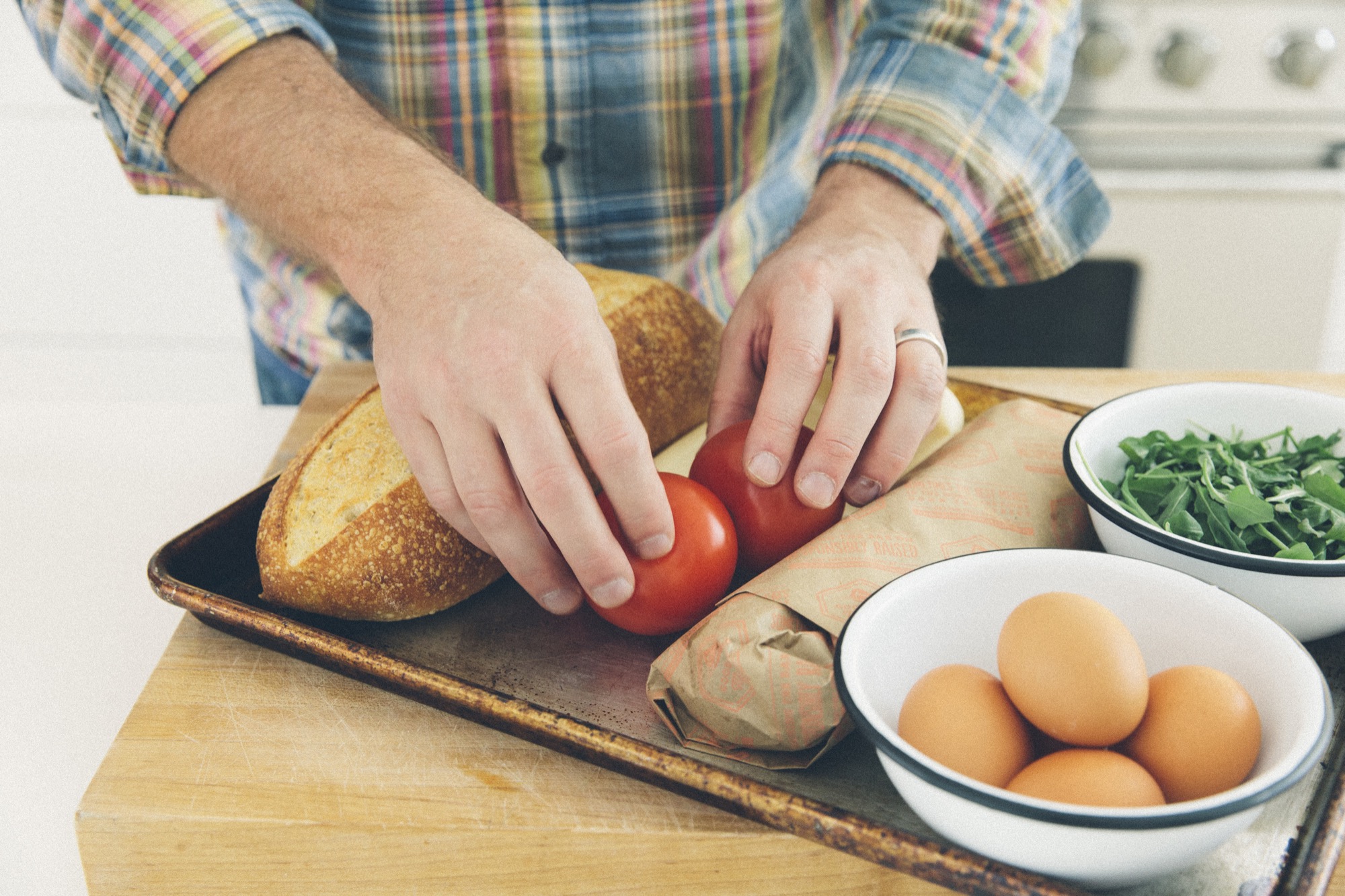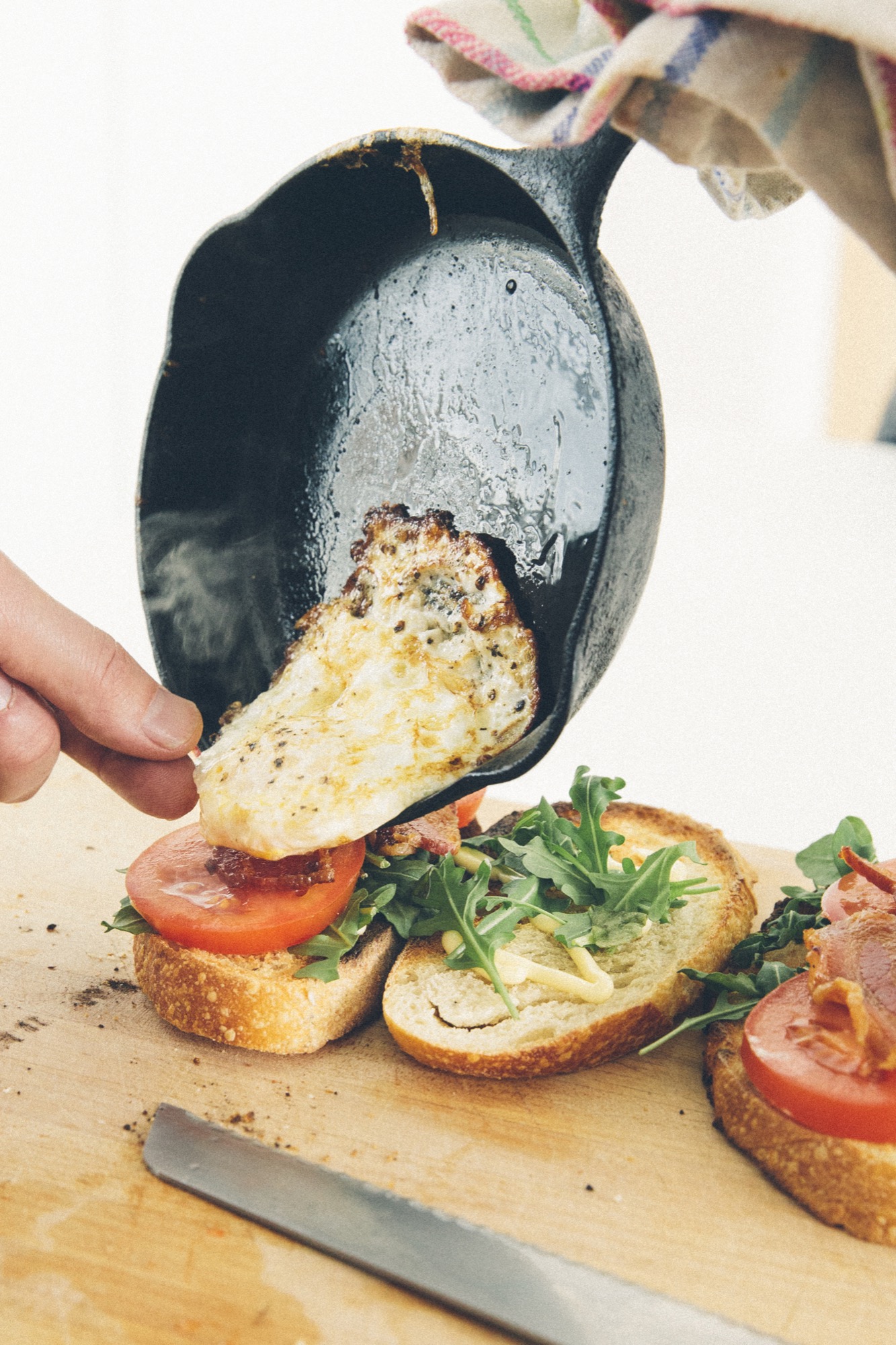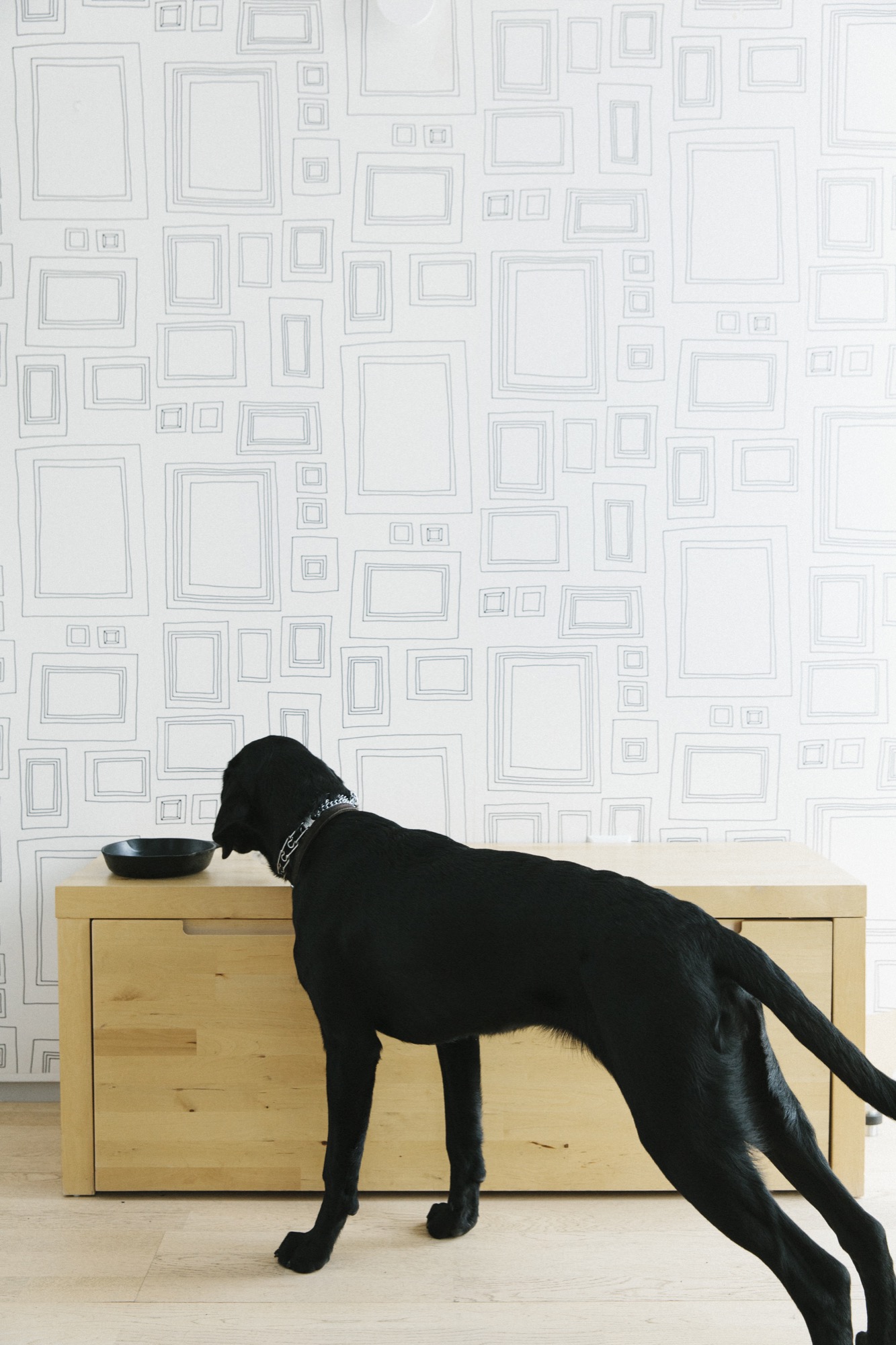It'll Pan Out
To eat an egg, you must break the shell. How my cast-iron pan became a symbolic reminder to take risks and try new things. The reward is tremendous and defining. I remember the first time I went fly fishing. It was a disaster. But I loved it. Being on the water hunting fish is a grand way to spend the day. It took me three seasons to get to the point where I can consistently catch fish. It’s a process. You need to find where the fish are. Determine what they eat. Place the fly so perfectly the fish think it’s real. Pray the fish strikes. Set the hook. Fight the fish. Land it. Your reward? You get to hold in your hands a magnificent creature . . . only to release it, so you can catch again another day. The process never gets old. The reward is extraordinary.
I’m fortunate that I was open to learning something new and had a good friend willing to teach me. In hindsight, he gave me an incredible gift neither of us recognized at the time. Sharing and being open to trying new things takes courage on both sides. It’s worth it, though. You learn who you are, what makes you happy, what drives you, and what you want to do with your life. I call it perspective. Others call it wisdom. Whatever it may be, I just wish it hadn’t taken me so long to realize, because there were many things along the way I didn’t try.
“Sharing and being open to trying new things takes courage on both sides, but it’s worth it.”

Kitchen memoirs
Each time I did have the courage to expose myself to something new, the experience had a profound impact on who I am today. At the time, it’s hard to know this. So you need to find courage to be out of your comfort zone.
When I was in college, I took a big risk plunging into a new experience. My father invited me to spend the summer with him and his wife on Block Island, Rhode Island. I had visited the island many times and loved it, but had never lived there, nor had I lived with my dad in quite some time. I was apprehensive. It was unfamiliar territory.
My father and his wife, Cynthia, live a life filled with the simple pleasures of food, wine, art, and entertaining—he, ever the consummate host, and she, chef extraordinaire. Thanks to his encyclopedic knowledge of wine, Dad has an interesting story to pair with whatever is in your glass, making every sip taste that much better. And Cynthia’s cooking is so effortless, the first bite makes you wonder how long it took her to make this food.
Life was relaxing at their comfortable house on a quiet dirt road. The sound of the crashing surf, trails to the beach or to town right out the back door. The bountiful garden grew every imaginable vegetable. When I close my eyes, I can still see the delicate squash, the bright green asparagus, the leafy arugula. It was an idyllic spot. A nostalgic place and a sense of life I wish I could revisit every year.
During that summer, I was exposed to something that has since become a defining part of who I am: good food. Cynthia subtly shared her love for food with me. She didn’t ask me to cook or to work in the garden or even to clean up the kitchen. Instead, she made delicious, satisfying food for me. All of the time. Each meal had ingredients from the garden, contributing to the fresh, delicious flavors. I don’t remember her actually showing me how to make any of it. I observed and asked questions. It was obvious she loved to cook. It was during that summer she instilled that same passion in me. I just didn’t know it yet.
"It was obvious she loved to cook. It was during that summer she instilled that same passion in me. I just didn’t know it yet."
The gifted Griswold
When I left the island to go back to school, Cynthia gave me a cast-iron pan. A Griswold #2, actually. I couldn’t have imagined then that a small pan would one day become such an essential part of my everyday life. When I dug out the Griswold years later, I realized the gift’s significance. It wasn’t just an amazing antique pan that’s incredibly hard to find nowadays, it was a gift that carried with it my love of food.
For the past fifteen years, I’ve been cooking all sorts of things—exploring different techniques, different combinations, growing my own vegetables, hosting dinner parties, challenging friends to cook-offs. I scour the latest cookbooks and food magazines for inspiration on what to make next. Cooking has become my passion, a gift that now I love to share with friends and family.
My favorite dish Cynthia would prepare in her cast-iron pan was an egg sandwich. I’m sharing how to make this sandwich with the hope it will push you, too, to try something new or bring back memories of a forgotten experience that may have made you who you are today. So here’s to summer. A time when the sun rises earlier, giving you extra time to sit, enjoy a tasty breakfast sandwich, and reflect. A time of renewal. A time to try new things. A process worth repeating over and over again. The reward is life-changing.
In Memoriam
I wrote this essay, which originally appeared in print in Alpine Modern 02, to honor my father and his wife, Cynthia. In the months since then, sadly, Cynthia has passed away. But I am enormously thankful she was able to enjoy this story—her story—and learn how much of an impact she had on me and my family. We love you, Cynthia.
Recipe: The Perfect Egg Sandwich

You need a small cast-iron pan...

How to season a cast-iron pan
- Wash your pan in hot soapy water to remove any surface oils. Then heat in a 200oF (ca. 90oC) oven until completely dry. The heat will also “open up” the iron, making it more accepting of the seasoning.
- Apply a thin coat of flaxseed oil to the hot pan. Coat it entirely. You’ll want to use an oven mitt since the pan will be hot.
- Wipe away all of the remaining oil. There will still be a very thin coat on the pan, but it should not appear oily. Using too much oil will result in streaks and a sticky surface.
- Bake the pan upside down in a 500º F (ca. 260º C) oven for 30 minutes. Then shut the oven o and let the pan cool inside. Heating the oil will cause it to create polymer chains, making for a dark, smooth surface.
- Repeat this seasoning process at least three times before cooking in a brand-new pan. The seasoning will continue to build as you use the pan, becoming darker and increasingly nonstick. The pan will also be easier to clean as the seasoning layers build.
